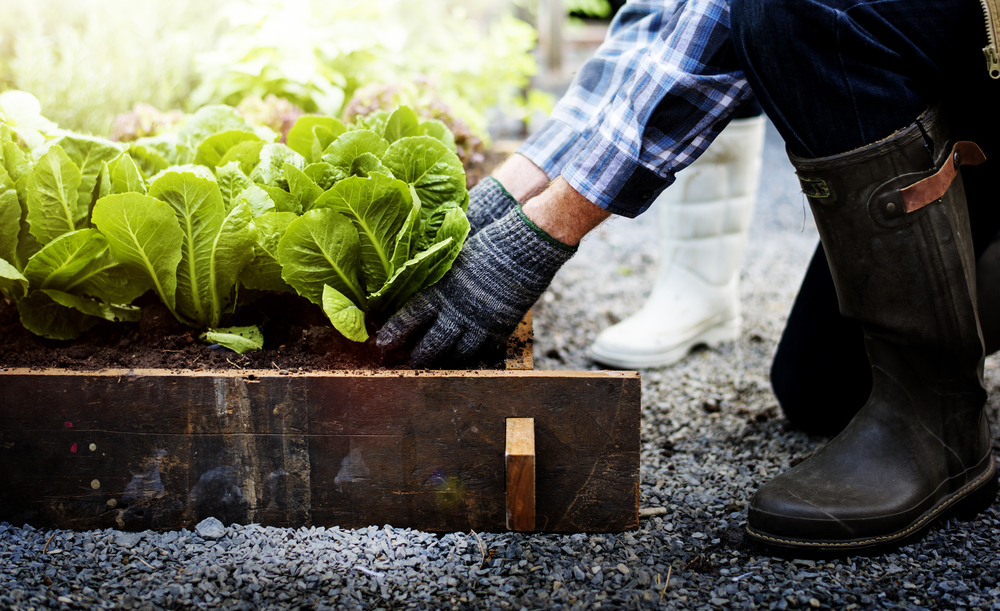
(A big “thank you” to Wendy Dessler for contribtuting this post!)
If you love working in your garden every spring and summer you might also want to explore year round gardening and growing heritage plants for seed collection.
Once you’ve raised heritage plants to maturity you can learn to collect their seeds. For several types of common vegetables, it’s as easy as spreading out freshly harvested vegetable seeds onto a newspaper so they dry out completely. You can then store dried seeds inside paper bags in a cool dark spot.
If you want to extend your gardening seasons, fall is an ideal time for growing salad crops. Some plants will grow quickly for a fall harvest, and others, such as kale, can survive freezing weather and snowfall. Imagine, harvesting a fresh salad in winter!
Fall vegetables can be planted eight to ten weeks before the first frost. But if you’re a little behind this schedule, don’t worry. You can get a head start by planting seeds indoors so the seeds may germinate quicker.
Not sure which of the veggies to plant right now?
Let’s explore six of them.
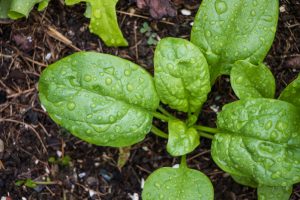
1. Spinach
You can plant spinach at the same time as kale. This fast-growing salad crop can be planted and harvested in forty days or less. They’re hardy vegetables that can withstand low temperatures. You can even harvest the leaves well into winter to get a sweeter taste.
Spinach can even survive the winter. A blanket of snow can protect this crop and a new batch will start growing as soon as spring arrives.
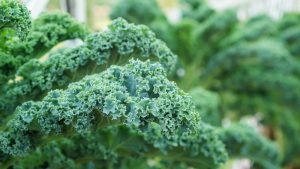
2. Kale
The mild temperatures of fall are perfect for growing kale. A leafy vegetable packed with nutrients, this crop can be planted about six to eight weeks before the first frost. Depending upon where you live, you may be able to continue planting by fall. To obtain the best harvest with tender leaves, make sure to maintain a proper amount of moisture.
3. Cauliflower
Since cauliflower plants require a good amount of sunshine, you should select a site for growing this veggie accordingly. It’s best to use transplants rather than seeds. You can start planting cauliflower six to eight weeks before the winter frost, when the days are a bit cooler.
Cauliflowers should be planted 30 inches apart, giving it room to grow. When the white head is about two to three inches in diameter, you can tie the outer leaves with a rubber band or twine. This step is called blanching and protects the head from the sun and gives it that pretty white color. Plants will be ready for harvest seven to twelve days after blanching.
4. Beets
Sow beets about three weeks before the first frost. These plants love cold weather, so depending upon where you live, some people are able to plant and harvest this veggie all winter long. Planting beets further apart give them more room to grow fuller. Water gently to avoid washing seeds away. You can also keep the soil continuously moist to get the best germination.
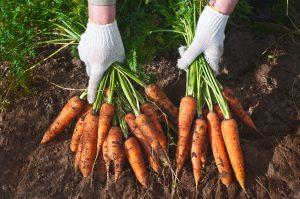
5.Carrots
Carrot seeds are tiny and need to be sown shallowly. Start sowing about ten weeks before the first frost. They require highly moist soil. Carrot plants need only a few inches between them, but the rows should be at least 1.5 to 2 feet apart.
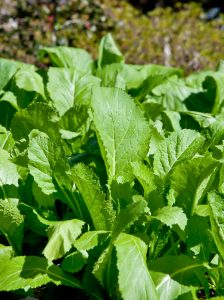
6. Mustard Greens
This is an easy crop to plant and manage. You can directly plant the seeds in the garden without having the need to be extra careful in terms of helping it reach its optimal growth. The best thing about the mustard greens? They grow rapidly in cool weather. Start three weeks before the first frost so this fast-growing crop can be on your plate in just four weeks!
Seedlings begin to appear within days. Now that you know which plants to grow, it’s best to transplant the seedlings by gradually moving them outdoors. Remember to water your plants well and fertilize regularly to obtain optimum results.
Receive Stagetecture's Daily Lifestyle Ideas
FREE - Daily emails with recipes, home decor, D.I.Y, and lifestyle tips! : ) Who doesn't need help?

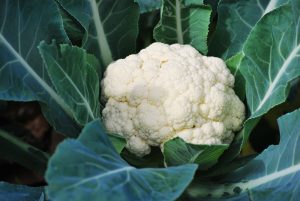
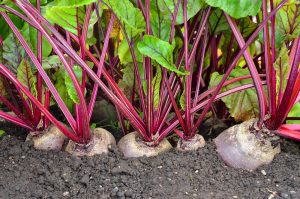





Leave a Reply